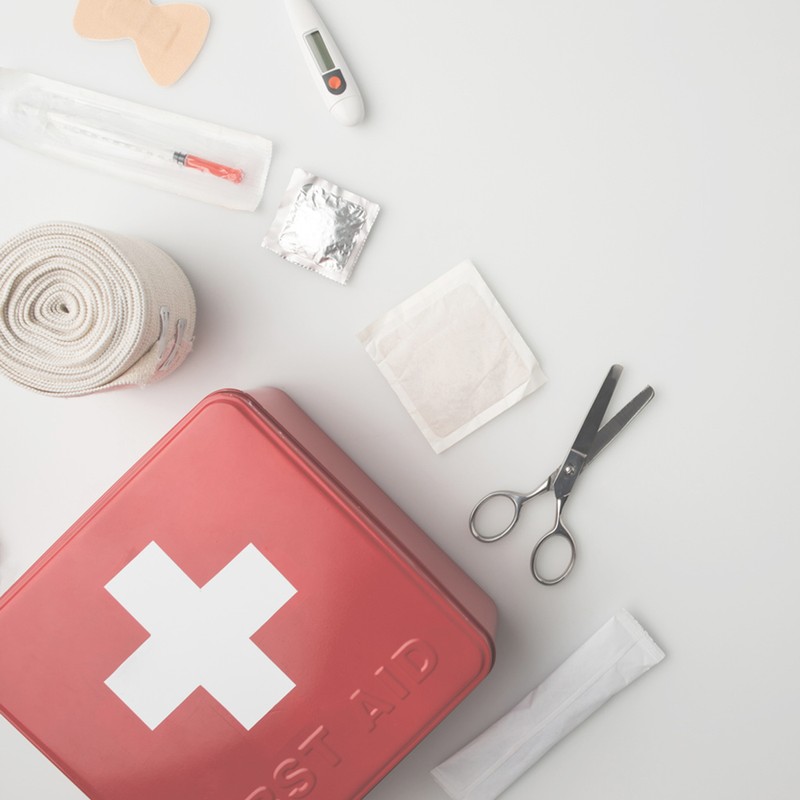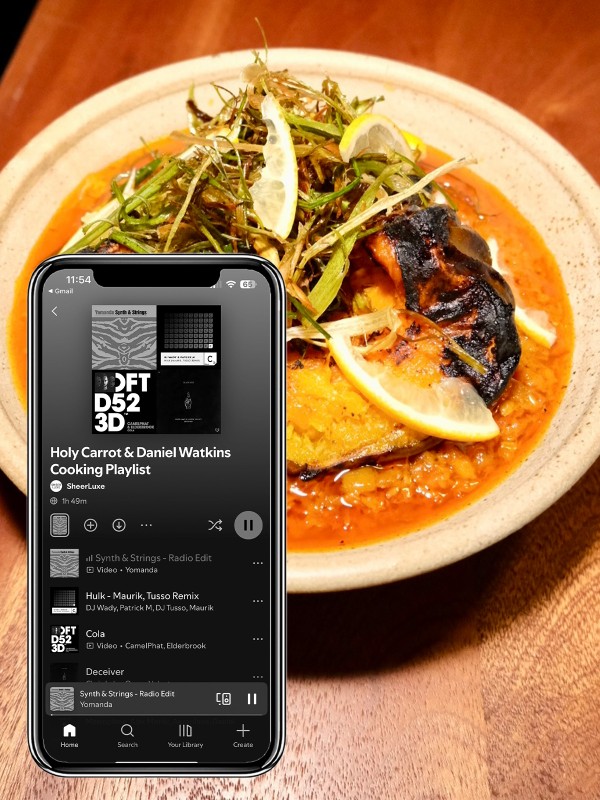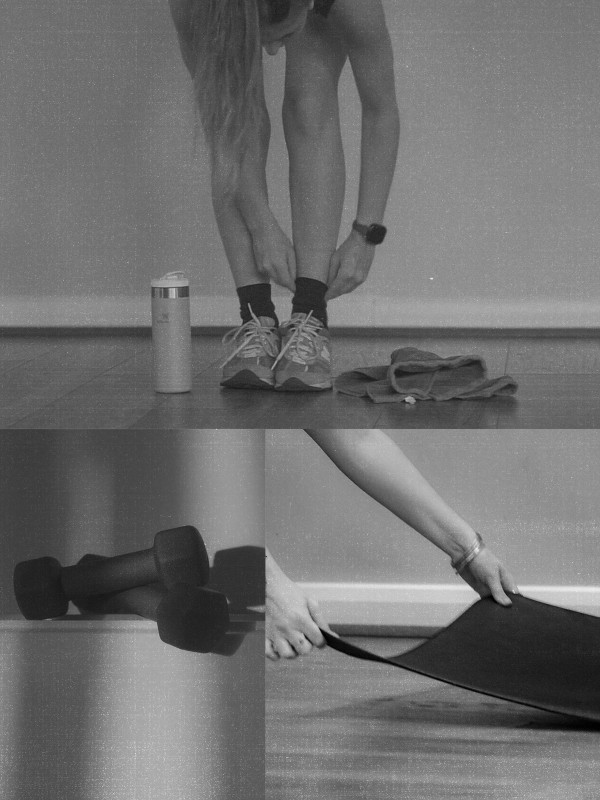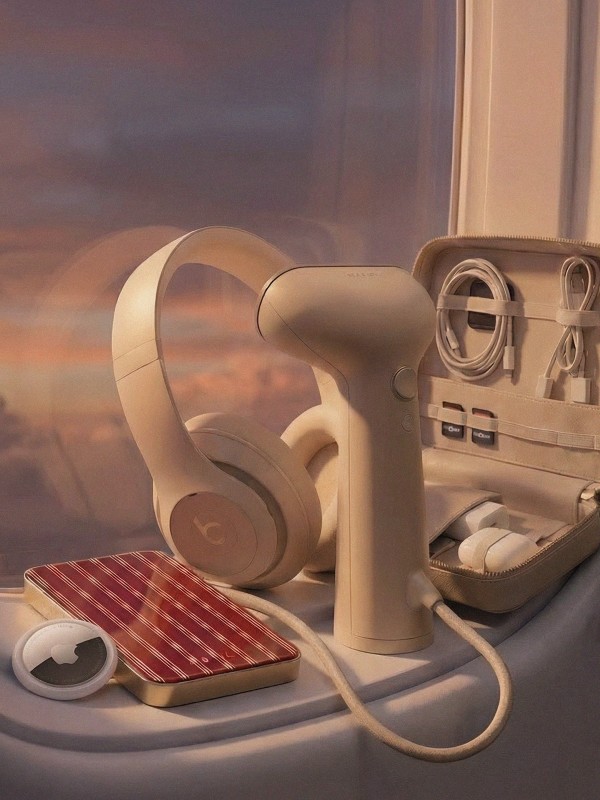Basic First Aid Tips For Beginners
“The first thing to say about first aid is it can be stressful in an emergency,” says Laura Jones, Clinical Lead at Assured Pharmacy – so don’t worry if you’re finding any of these procedures hard to do – in more severe cases, it might be someone’s life in your hands, and that’s a lot of pressure. “If you are unsure about what to do or not sure about the severity of a situation then call 999,” Laura advises. “They are trained to help you and will be able to talk you through things like CPR. In many severe cases they will stay on the phone with you for support until the help arrives.”
Here are the steps to go through if you see an adult or a baby in the following situations…
For Adults…
Choking
1. Encourage the patient to cough. Sometimes this can be enough to clear a blockage.
2. Lean the patient forward with your hand under the chest to support them. Then with your other hand, give five sharp back blows between the shoulder blades. Check if the blockage has cleared.
3. If not, try abdominal thrusts: put your hands around their waist and bend them slightly forwards. Place one hand in a fist above the belly button and then your other hand on top. Pull inwards and upwards sharply to try and dislodge the blockage. Try this up to five times.
4. If still blocked, then call 999 and continue with the back blows and abdominal thrusts until help arrives. If the patient becomes unresponsive then let the call handler know and they may help you to administer CPR.
Severe Bleeding
1. Firstly, check there is nothing causing a continued risk that could harm you.
2. Try and stop the bleeding – wear gloves to protect yourself if available. Apply direct pressure to the wound. (If there is an object stuck in the wound then leave it there, as it could be stopping further bleeding).
3. Call 999.
4. Help them to lie down and be comfortable if possible, and raise their legs up to help with blood flow – but don’t move the legs if this is where the injury is.
5. If there is a sterile dressing available this can be applied to the wound, otherwise continue to apply pressure until help arrives.
Unresponsive
If they’re breathing:
1. Check their breathing and help keep the airway open by tilting the head back and lifting the chin upwards.
2. Check for normal breathing – look to see if their chest is rising and falling, feel for their breath against your cheek and listen near their mouth and nose for breathing sounds, for up to 10 seconds.
3. Place them in the recovery position.
4. Call 999 and continue to check their breathing until help arrives.
If they’re not breathing:
1. Check for breathing and open the airway by tilting the head back and lifting the chin upwards.
2. Call 999 and be prepared to begin giving CPR. The call handler will advise you how to do this.
Having A Seizure
Seizures are not always emergencies, but can be distressing to see.
1. The first thing is to keep them safe. Make sure they cannot harm themselves and move any objects out of the way. You could cushion their head if they are moving around but don’t hold them or put fingers in their mouth.
2. Take a note of what time the seizure starts – this will help decide what to do later on.
3. If the seizure lasts longer than five minutes then call 999.
4. If the patient comes round within five minutes they can be disorientated, so stay with them to reassure them and make sure they’re breathing normally.
5. If this is the patient’s first seizure then call 999, or if it has lasted longer than normal for that patient.
Allergic Reaction
1. Signs to look for if someone is having an allergic reaction is swelling of face and hands, difficulty breathing or an itchy rash.
2. Call 999 even if you are not 100% sure, as this can happen quickly.
3. If the person is known to have an allergy they may carry an adrenaline injector (Epipen) with them. It should have instructions of how to use it.
4. Wait for help to arrive and let them know if you have used an adrenaline pen.
Having A Stroke
1. There is little you can do to help a patient having a stroke – however, you can be integral in getting them the help they need.
2. The acronym you need to remember is FAST:Face – Has any part of their face drooped?
Arms – Can they raise their arms and keep them up?
Speech – Is their speech slurred?
Time – Time to call 999.
3. With a stroke, getting them treatment as soon as possible is important, so ring 999 if you suspect somebody is having or has had a stroke.
Heart Attack
1. St John’s Ambulance say there are four Ps to look for when checking someone is having a heart attack: Pain (a continuous pain in the chest, which could spread to the jaw, neck or arms), pale skin, rapid and weak pulse and perspiration/sweating.
2. Call 999 for medical help.
3. Move them into the most comfortable position, preferably on the floor leaning against a wall with the knees bent and head and shoulder supported. This should ease the pressure on their heart and stop them hurting themselves if they collapse.
4. Keep check their breathing, pulse and level of response.
5. If they lose responsiveness at any point, open their airway, check their breathing and prepare to treat someone who has become unresponsive. You may need to do CPR.
CPR
St John’s Ambulance list CPR as the following:
1. Kneel down beside the casualty on the floor level with their chest.
2. Place the heel of one hand towards the end of their breastbone, in the centre of their chest.
3. Place the heel of your other hand on top of the first hand and interlock your fingers, making sure you keep the fingers off the ribs.
4. Lean over the casualty, with your arms straight, pressing down vertically on the breastbone, and press the chest down by 5-6cm (2-2½in).
5. Release the pressure without removing your hands from their chest. Allow the chest to come back up fully – this is one compression.
6. Repeat 30 times, at a rate of about twice a second or the speed of the song Staying Alive by The Bee Gees.
7. Give two rescue breaths – to do this, ensure the casualty’s airway is open. Pinch their nose firmly closed. Take a deep breath and seal your lips around their mouth and blow into the mouth until the chest rises. Remove your mouth and allow the chest to fall and then repeat once more.
8. Carry on giving 30 chest compressions followed by two rescue breaths for as long as you can, or until help arrives.
In Babies…
Choking
1. Lay the baby face down on your leg whilst you are sitting down, supporting the head.
2. Use the heel of the hand to give five back blows between the shoulder blades.
3. If that doesn’t work then give chest thrusts – use two fingers in the middle of the breastbone and press down sharp to try and force the blockage out.
4. Call 999 if there is still a blockage and continue between back blows and chest thrusts until help arrives.
Having A Seizure
1. If a child has a seizure make sure they are not likely to hurt themselves, move any objects away from them and put soft items around them such as pillows.
2. Make sure they are not too hot, if possible remove any bedding and clothing to make sure their temperature is not too high.
3. Call 999 and stay with them until help arrives. Once the seizure stops the child may be sleepy and unresponsive so put them in the recovery position and wait for help.
Unresponsive
1. If a baby seems unresponsive, you need to try and get them to react. This can be done by flicking the sole of the foot. If this does not get a response then check breathing is normal.
2. Place the baby in the recovery position, which is cradled in your arms facing you with the head tilted down to keep the airway open.
3. Call 999.
4. Continue to check breathing until help arrives.
Not Breathing
1. Check for signs of breathing by looking, feeling and listening.
2. If signs of no or abnormal breathing, then call 999 and prepare to preform CPR.
3. CPR in babies is five rescue breaths with your mouth over their mouth and nose, followed by 30 compressions done using just two fingertips. Then two rescue breaths and 30 compressions until help arrives.
Severe bleeding
1. Pressure needs to be applied to the area bleeding. If there is anything in the wound then leave it there and apply pressure around it.
2. Call 999.
3. If a sterile dressing is available this can be used to keep pressure on the wound and changed as and when necessary.
4. Keep pressure on the wound and check breathing until help arrives.
It is important to remember, if you suspect someone is in trouble, always call 999.
First Aid Apps For Your Phone
If you’d like to learn more about first aid, there are some great apps you can download that’ll teach you all you need to know:
British Red Cross
This app contains 18 common emergency scenarios, from dealing with severe allergic reactions to road traffic collisions to heart attacks. It’s simple to get to grips with this app with easy to follow checklists, animations and interactive quizzes.
Download the British Red Cross First Aid app here.
St John’s Ambulance
St John’s have a number of different apps to help with first aid, including First Aid, First Aid for Cyclists, as well as specific versions for Wales and New Zealand. It covers the basics, such as allergies and strokes, and has a handy audio option so you can listen to instructions aloud – helpful if you’re in the midst of an emergency.
Download the St John’s Ambulance First Aid Advice app here.
CitizenAID
CitizenAID was designed to educate people on what to do while waiting for emergency services in scenarios such as a terrorist attack or major incidents CitizenAID say the aim of the app is “to ensure casualties with similar injuries in the civilian setting can receive the same opportunity for optimal outcome through early intervention by the public”.
This app includes instructions for dealing with multiple casualties from shootings, stabbings or a bombing, such as treating burns, stopping bleeding and dealing with unresponsive casualties.
Download the CitizenAID app here.
DISCLAIMER: We endeavour to always credit the correct original source of every image we use. If you think a credit may be incorrect, please contact us at info@sheerluxe.com.






